Chennakesava Temple, Somanathapura
- Rahul Singi
- Aug 19, 2016
- 2 min read
The Chennakesava Temple located at Somanathapura is one of the finest examples of Hoysala architecture. The temple was built by Soma, a Dandanayaka in 1268 C.E. under Hoysala king Narasimha III, when the Hoysala Empire was the major power in South India.

Somnathpur the palace, which was under the rule of the Cholas, was conquered by Hoysala Vishnuvardhana in A.D. 1117. Later it was ruled by the Vijayanagara kings and wadeyars of Mysore. It become one of the foremost agrahara townships during the rule of Narsimha III. An inscription dated A.D. 1268 records that Somanatha Dandanay

aka, an illustrious general of the Hoysala king Narasimha III, established an agrahara in Somnathpur and named it as " Vidyanidhi Prasanna Somnathpura" and consecrated the temple of Kesava. The temple is the most ornate and perfact model of the Hoysala style of architecture. The temple facing east has three garbhagrihas on the west, north and south, all connected to a common pillared hall through a separate sukanasi. The western sanctum houses the image of Vishnu as Kesava. The southern has the image of Venugopal and the northern has image of Janardana. The temple stands on a high stellate platform, and is enclosed in a spacious courtyard surrounded by pillared corridors with sub-shrines. The temple is known for elaborately carved doorways, and beautifully executed ceilings of the navaranga mandapa. The friezes of the basement, beautiful image of deities adorning the exterior wall surfaces with names of the sculptors who carved them like Mallitamma, the highly decorated and beautifully proprtioned superstructure resting on the three sanctums, known for their poise and elegance render the keshava temple a perfact model of the trikutachala order.


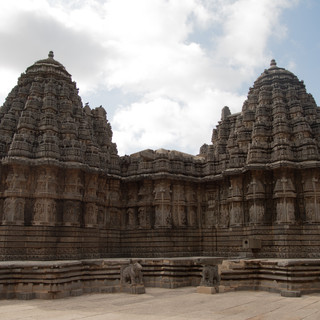
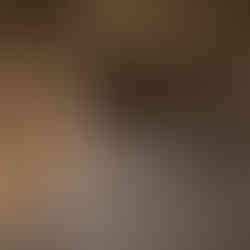


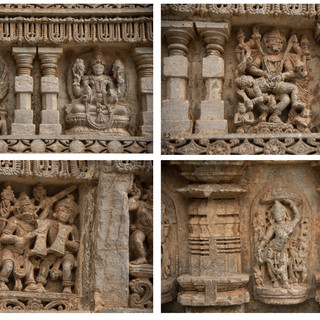

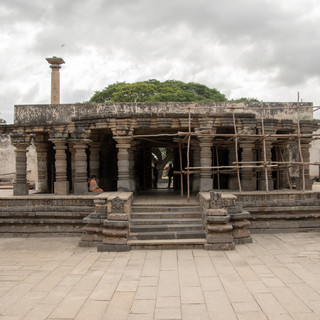
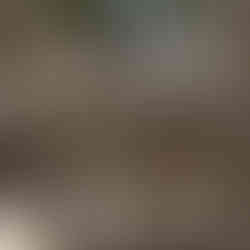


















Comments